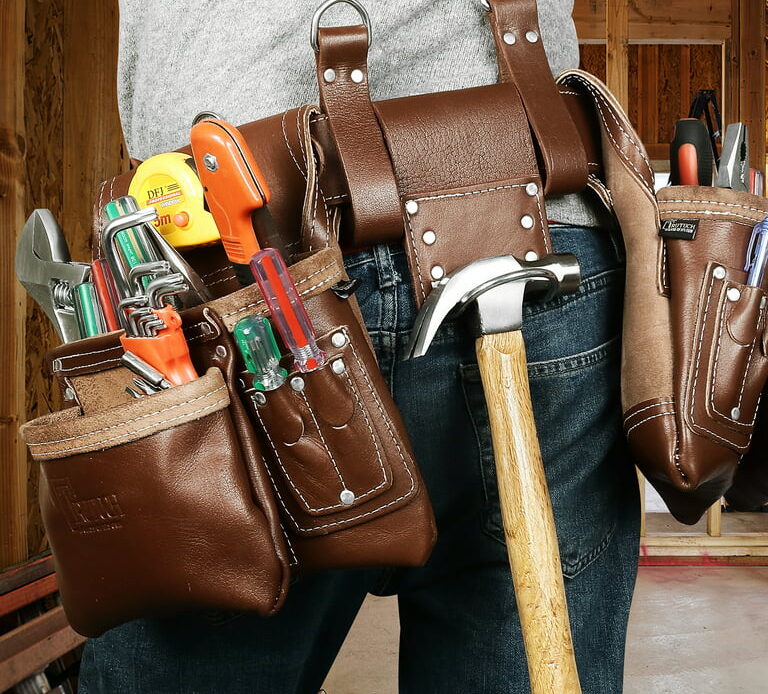Ironworkers play a crucial role in the construction industry, but their jobs can be hazardous. From working at great heights to handling heavy materials, ironworkers face various risks every day. However, with the right safety measures in place, these risks can be significantly reduced. In this article, we’ll explore how ironworkers stay safe on the job.
Understanding the Risks
Ironworking is inherently risky due to the nature of the job, especially when using equipment like the ironworker harness with tool belt. Working at heights, lifting heavy objects, and operating dangerous machinery are just a few examples of the hazards ironworkers face. Common accidents include falls, being struck by objects, and muscle strains.Importance of Safety Measures
To mitigate these risks, ironworkers must adhere to strict safety measures. Personal protective equipment (PPE), such as hard hats, gloves, and safety harnesses, is essential. Additionally, proper training and certifications ensure that ironworkers are well-prepared for the job.Tools and Equipment Safety
Inspecting and maintaining tools and equipment is crucial for ironworker safety. Regular checks ensure that everything is in good working condition. Proper use and handling of tools also prevent accidents and injuries.Worksite Safety Practices
Effective communication and coordination among team members are vital. Fall prevention and protection measures, such as guardrails and safety nets, are implemented. Heat stress prevention is also important, especially in hot weather. Proper storage of tools and materials reduces the risk of accidents.Emergency Response and First Aid
Ironworkers are trained in emergency response procedures. They are prepared for various scenarios and have access to first aid supplies. First aid training is essential for providing immediate care in case of injury.Safety Training and Certifications
Ironworkers undergo extensive safety training to prepare for the job. This training covers various topics, including proper tool use, hazard recognition, and emergency response. Certifications, such as OSHA 10 and OSHA 30, are often required and demonstrate a commitment to safety.Ergonomics and Injury Prevention
Ergonomics plays a crucial role in preventing musculoskeletal injuries among ironworkers. Proper lifting techniques, using ergonomic tools, and maintaining good posture are essential. Stretching before work can also help reduce the risk of injuries.Mental Health Awareness and Support
Working as an ironworker can be mentally taxing due to the physical demands and potential dangers of the job. Employers are increasingly recognizing the importance of mental health support for their workers. Programs and resources are available to help ironworkers cope with stress and mental health issues.Environmental Factors and Safety
Environmental factors, such as weather conditions, can impact the safety of ironworkers. Extreme heat or cold, high winds, and rain can all pose risks. Ironworkers must be aware of these factors and take appropriate precautions to stay safe.Safety Culture and Leadership
Creating a culture of safety is essential for preventing accidents and injuries. Strong leadership that prioritizes safety, encourages open communication, and promotes a proactive approach to safety is key. Ironworkers should feel empowered to speak up about safety concerns and actively participate in safety initiatives.Conclusion
The safety of ironworkers is paramount, and various measures are in place to ensure their well-being on the job. From personal protective equipment to rigorous training and certifications, ironworkers are equipped to handle the challenges of their profession safely. Additionally, safety protocols, such as regular equipment inspections and proper use of tools, contribute to a safer work environment. The importance of communication, both among team members and with supervisors, cannot be overstated. Emergency preparedness and first aid training further enhance the safety of ironworkers. Overall, a combination of preventive measures, adherence to safety guidelines, and a culture of safety are essential for ironworkers to stay safe and healthy while performing their duties.


